On Mar. 19, the New Year celebration called Eid- e Nowruz will be celebrated in most Persian-influenced countries. Places like Iran, Afghanistan, Pakistan, Turkey, India, and Azerbaijan all celebrate the Holiday Nowruz.
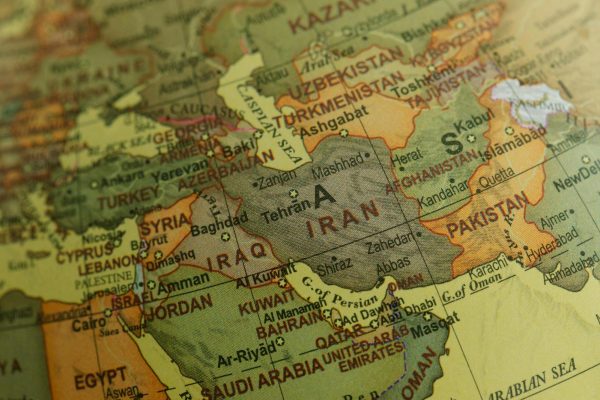
Nowruz is a celebration of the end of an old year and the start of a new year, very similar to America’s New Year on Jan.1. Nowruz comes from the oldest Monotheistic religion called Zoroastrianism. This religion is mostly practiced in Persia and India and predates Islam and Christianity. Although Iran is a majority Muslim country, many of the traditions of Zoroastrianism are still practiced to this day.
This holiday is typically celebrated during the start of Spring around Mar. 20-21 but, due to the leap year, it is being celebrated earlier on the 19th. The celebration follows the Iranian Solar Hijri calendar and falls on the first day of spring.
The Wednesday before New Year is called Chaharshanbe Suri. Suri means red rose and in this context, the translation means Red Wednesday, a celebration where you jump over fire and say the phrase: “Let your beautiful redness be mine, my pale yellowness be yours.” The tradition symbolizes getting rid of your bad luck and having a clean slate coming into the new year.
In the days leading up to Nowruz, families make a Sofreh Haft Seen. A Sofreh is a table spread made on top of a cloth that holds a variety of items that signify different spiritual beliefs. On top of the Sofreh, you have the seven traditional S’s:
- Somogh (sumac): it represents the sunrize and beauty/color of it
- Serkeh (vinegar): the age of people and the patience they have
- Seer (garlic): medicine and healing
- Samanoo (sweet pudding): brings wealth and money, also very common for elders to pass out money to the children in replace of samanoo.
- Sabzee (sprouts): represent new growth
- Seeb (apple): health and beauty this also can be represented with a mirror
- Miveh (fruits): love
The Sofreh has many different things but their representations can vary from family to family.
The traditional meal that Iranians eat on Nowruz is Sabzi Polo Ba Mahi ( fish and rice with herbs) which represents life and longevity, but it is common for many other staples of Iranian cuisine to be on the table as well. Some dishes that are common on the dinner table during nowruz include: Ghormeh Sabzi, Kabob Koobideh, Khoresh-e gheymeh, and salad shirazi .
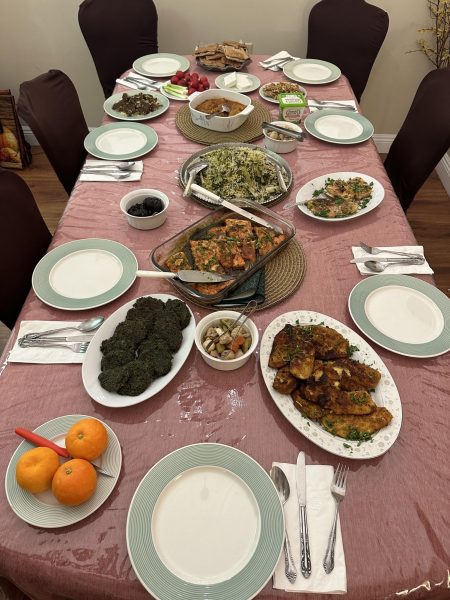
When it comes to the representation of Nowruz and other Middle Eastern holidays at LBUSD Schools it is not usually talked about or shared with students. We can see under representation in other cultures like Ramadan, even Lunar New Year.
Our very own Millikan Science Teacher Mrs. Mamnoon, who’s Iranian, said, “It would be nice if Long Beach Unified actually acknowledged Nowruz, like when we have the cultural assembly. It’s difficult because we don’t have very many Persian students and we don’t have an opportunity to show and talk about our culture. Maybe in March they can make an announcement and say ‘today in Persian New Year’ or make the traditional table.”
On the day of Nowruz, you are typically with your friends and family and have a countdown very similar to the Ball Drop in New York. When 8:06 p.m hits you hug and kiss the people around you saying “Aid-e shoma Mobarak” a saying in Farsi that translates to Happy New Year.
The celebration of Nowruz is beautiful in more ways than one. The foods, culture, and people you surround yourself with are what truly makes it so special. Nowruz is an ancient tradition that is very significant to Persians worldwide. Although Nowruz is an Iranian tradition, everyone is welcome to participate.


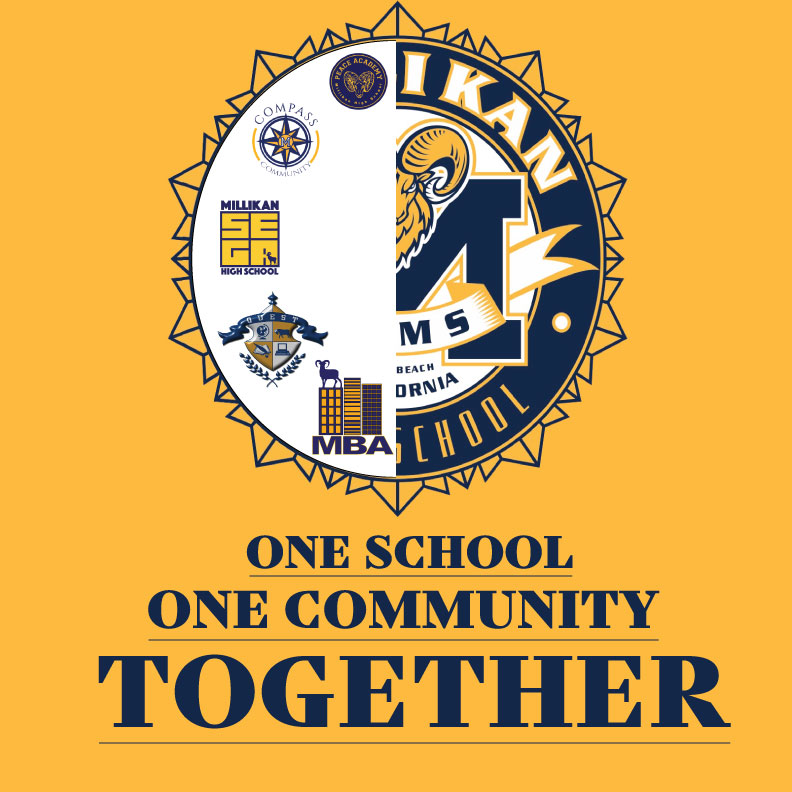
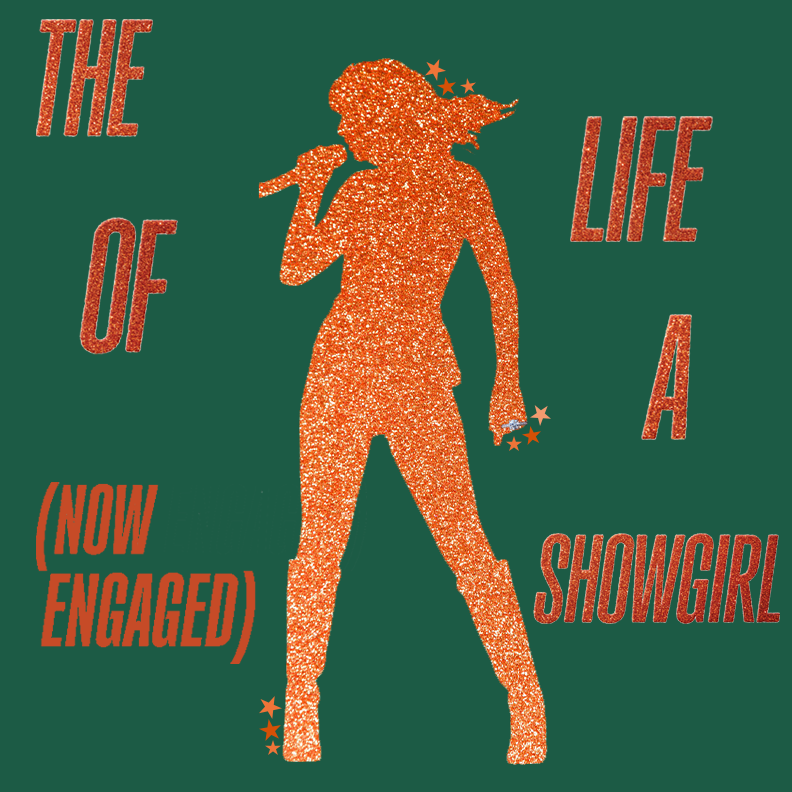

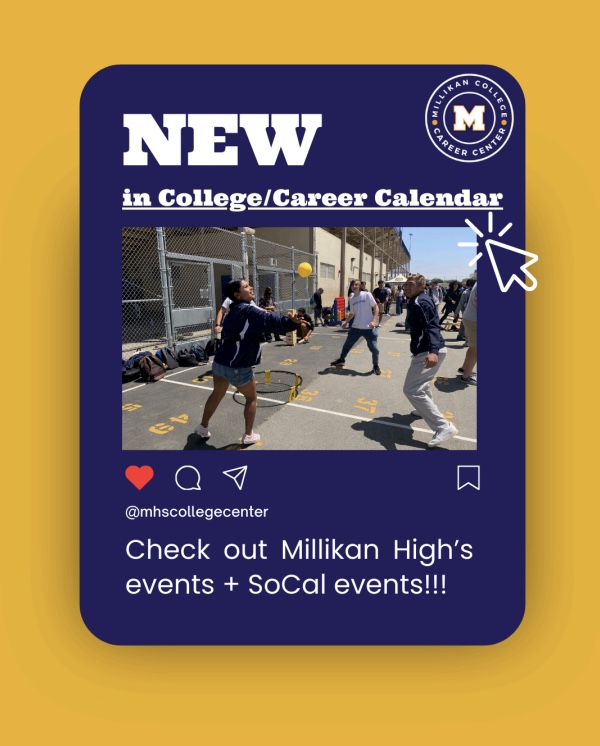
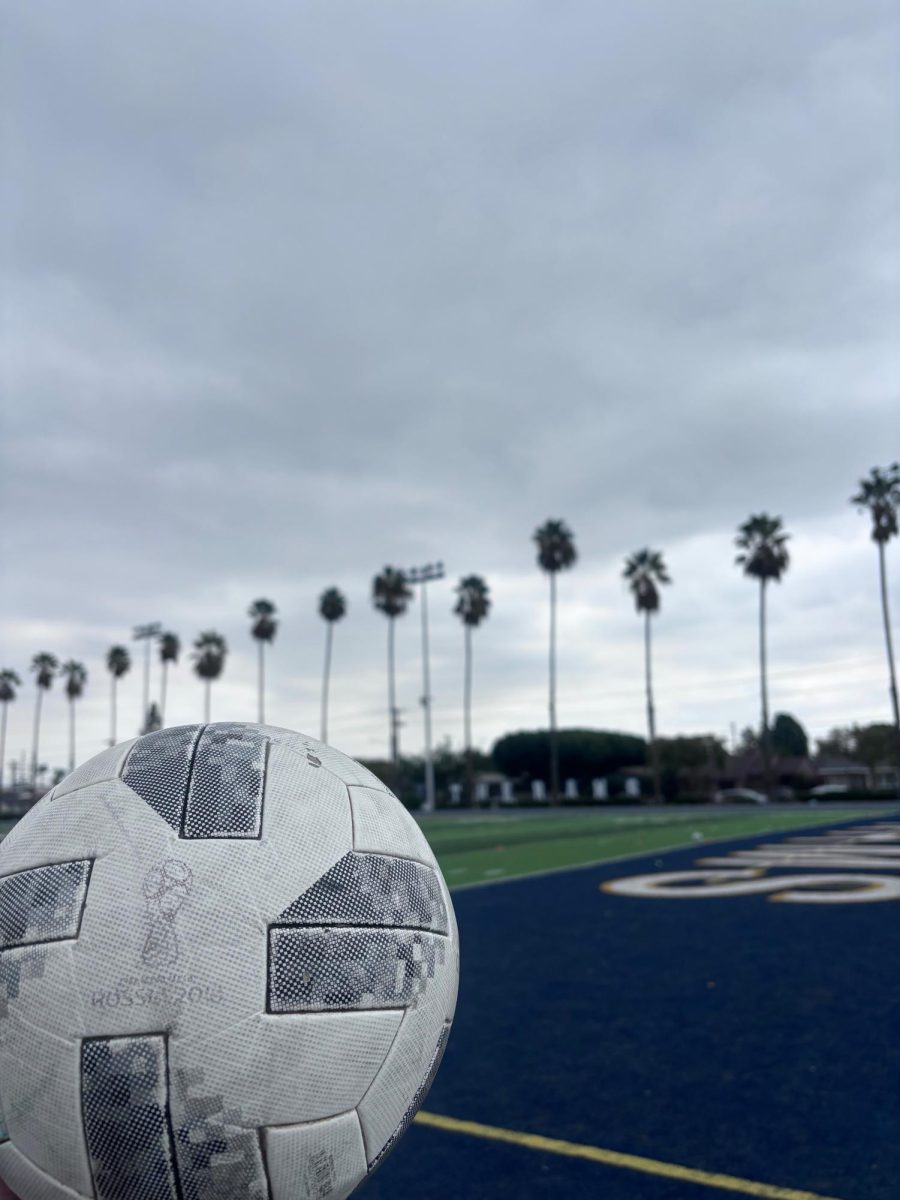
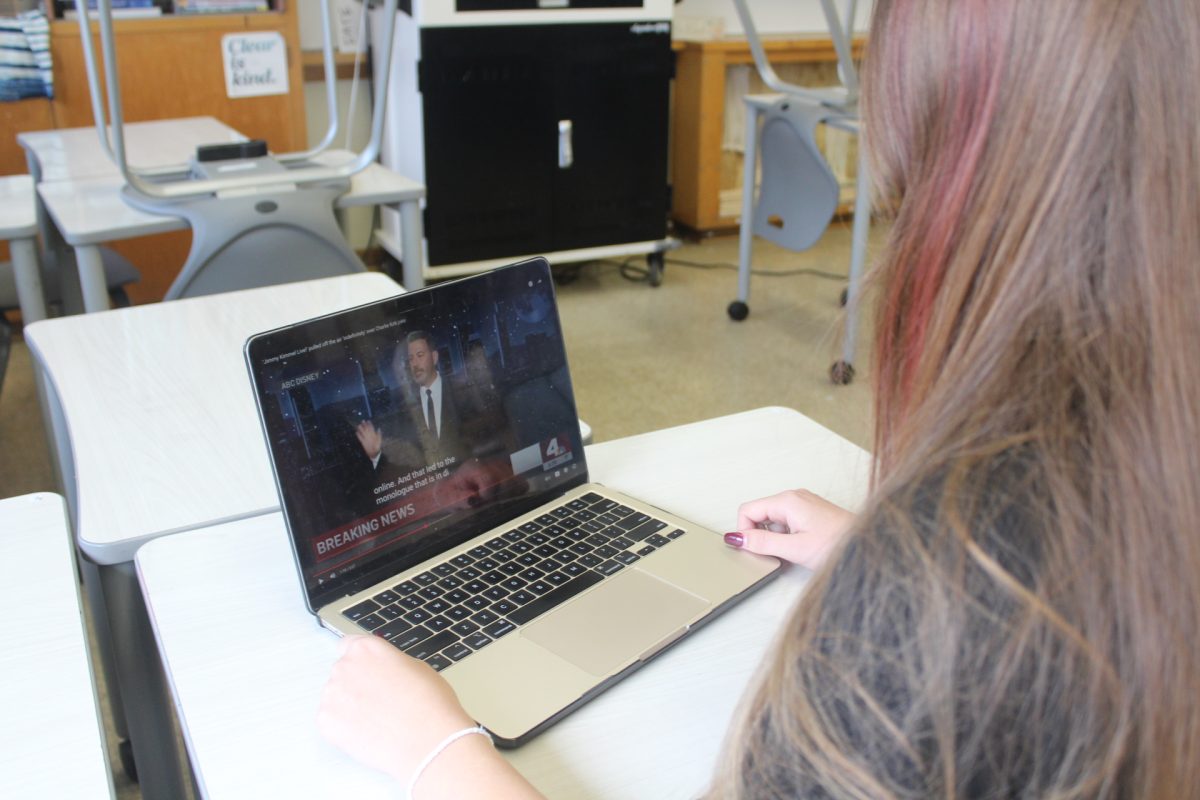
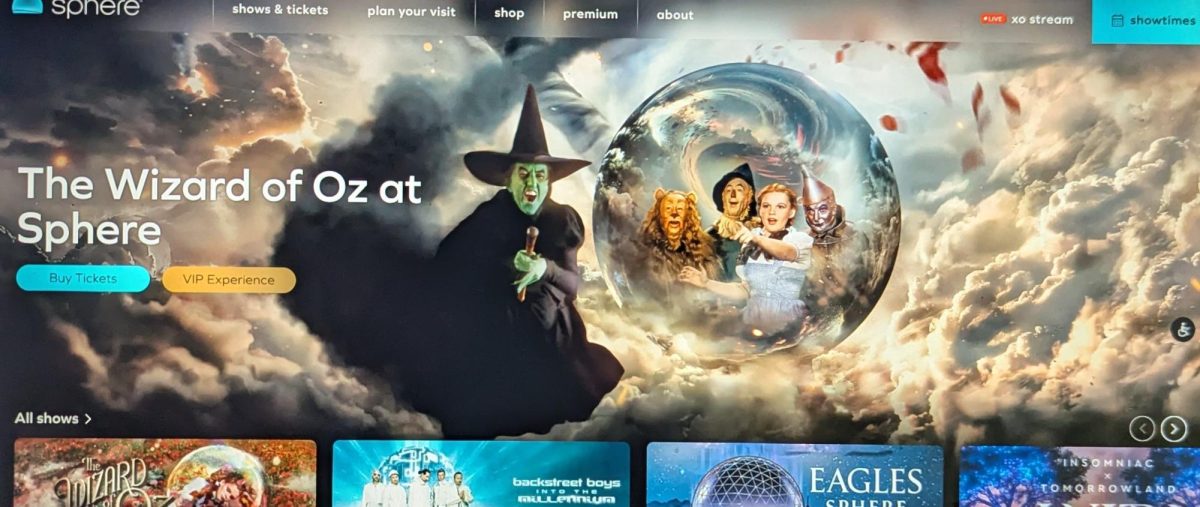
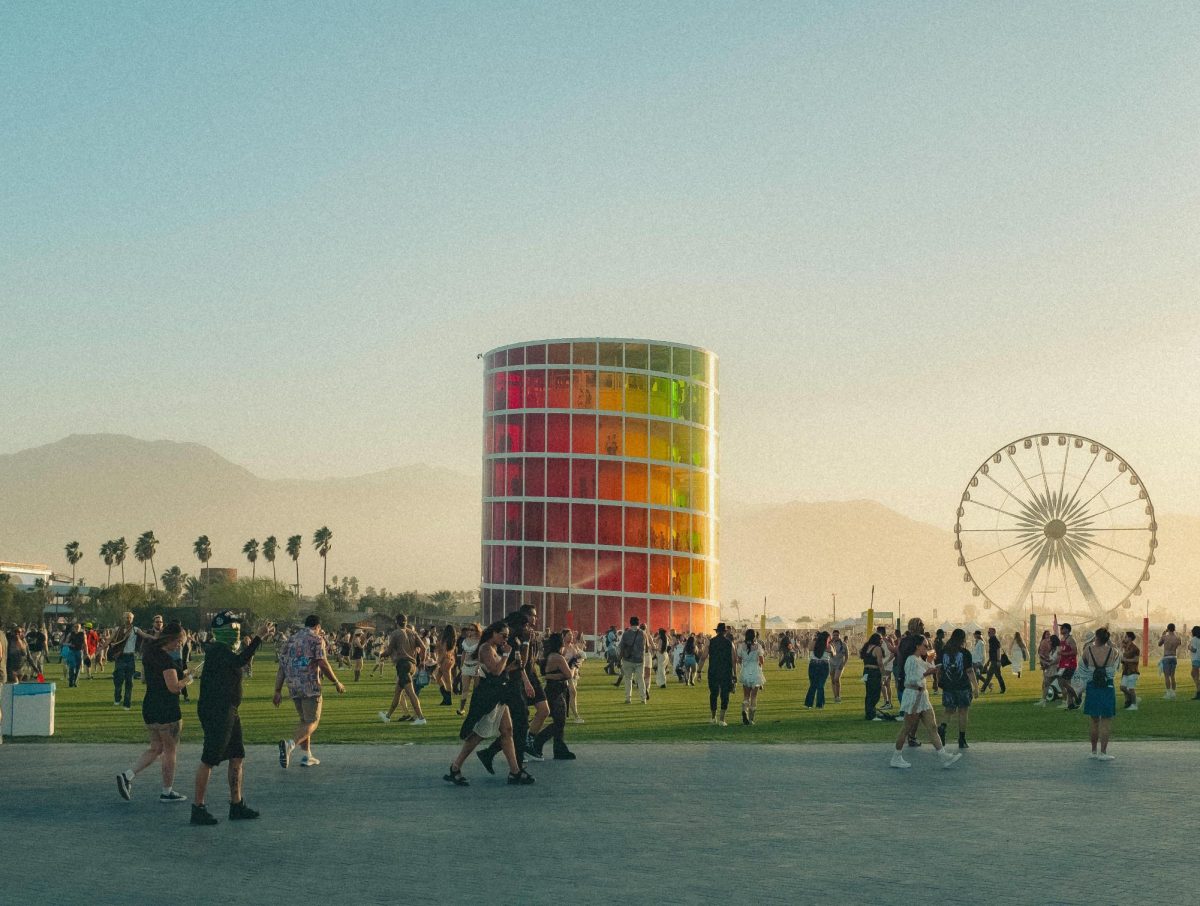

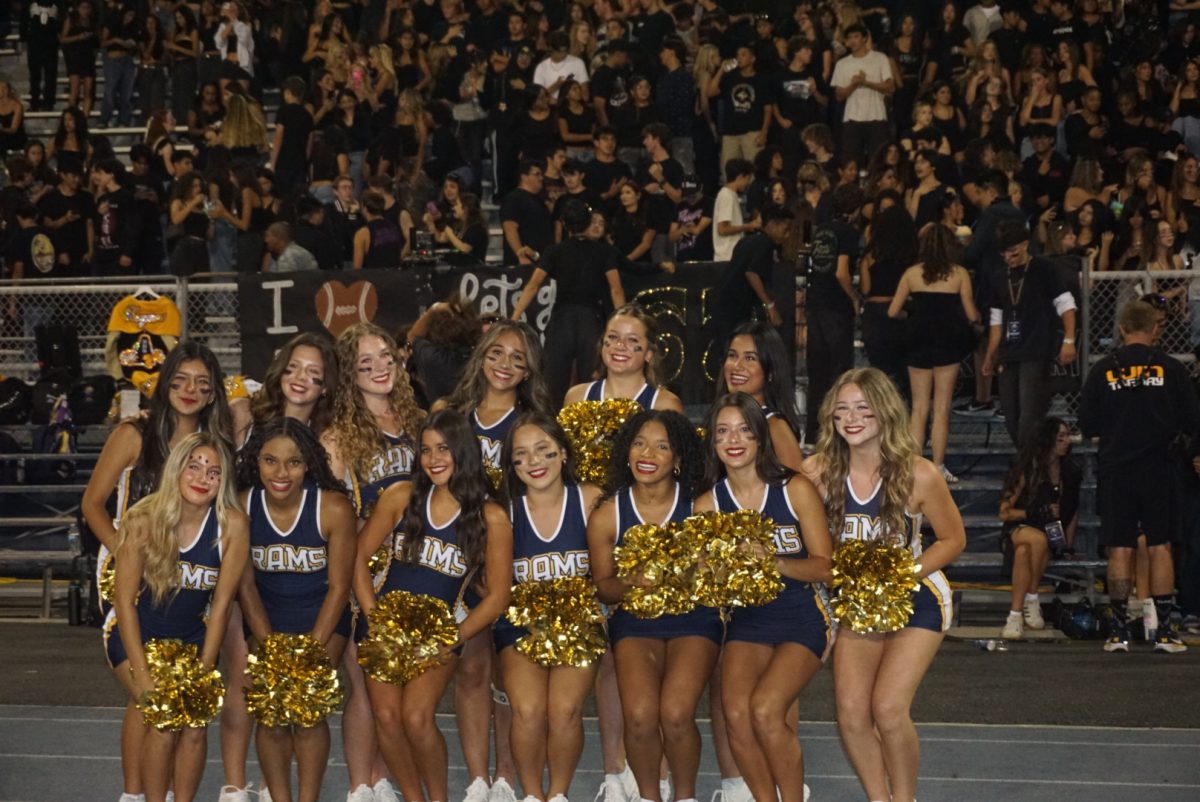

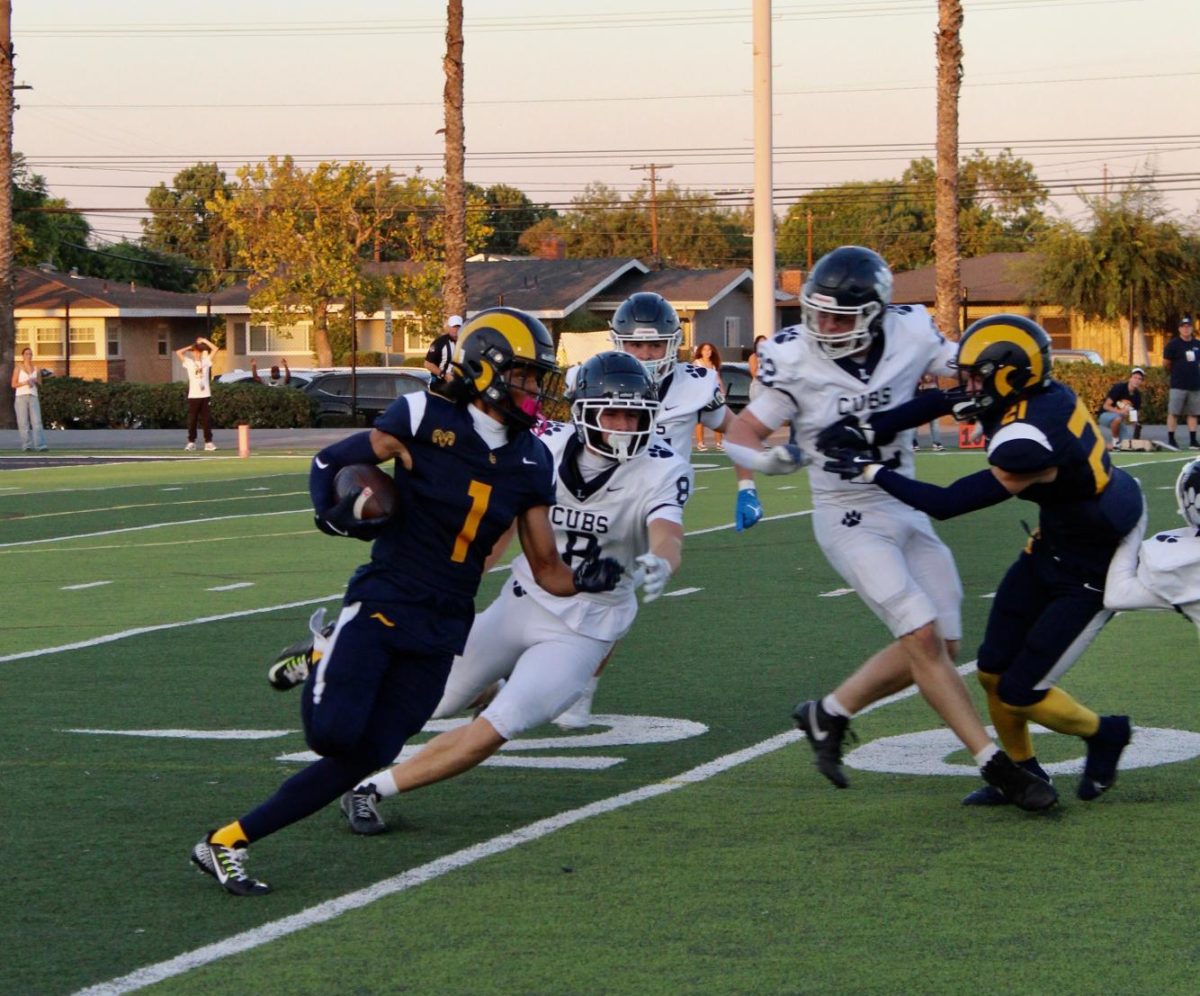


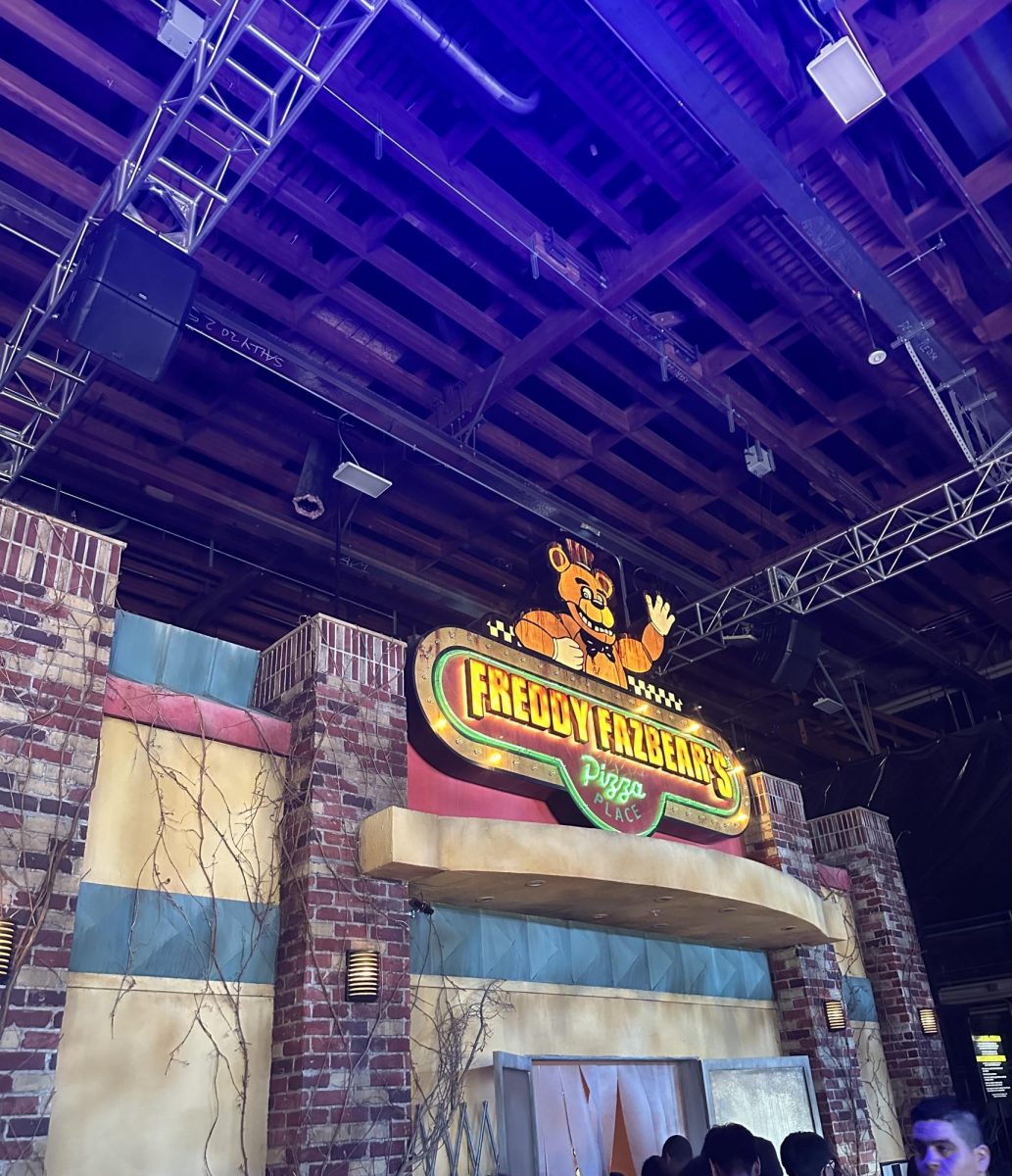



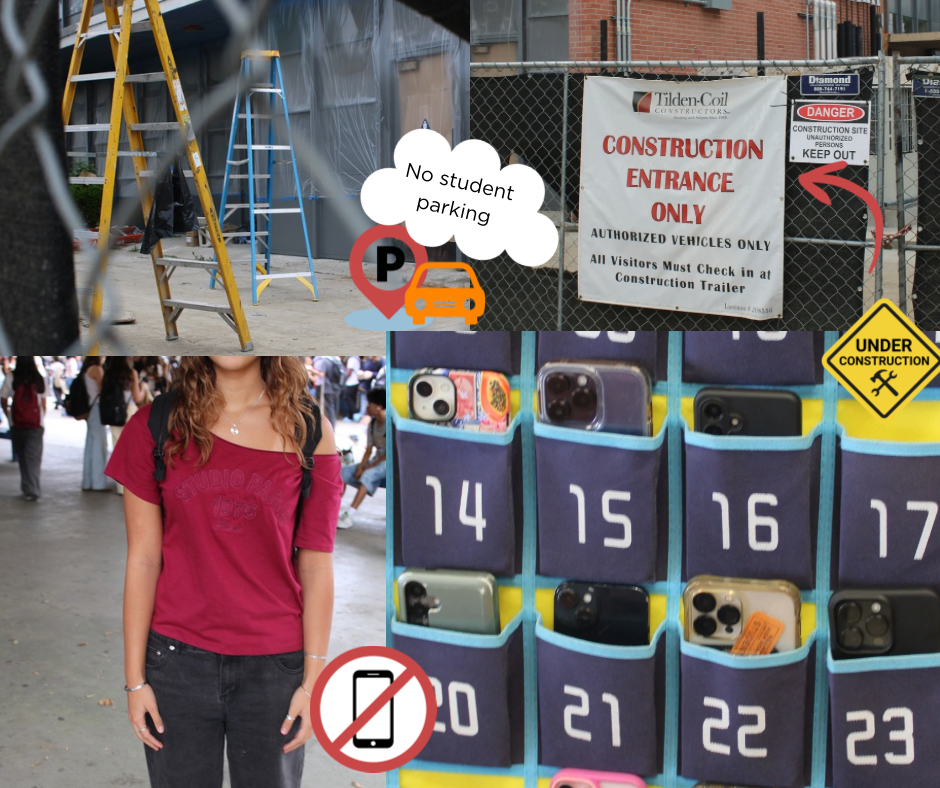

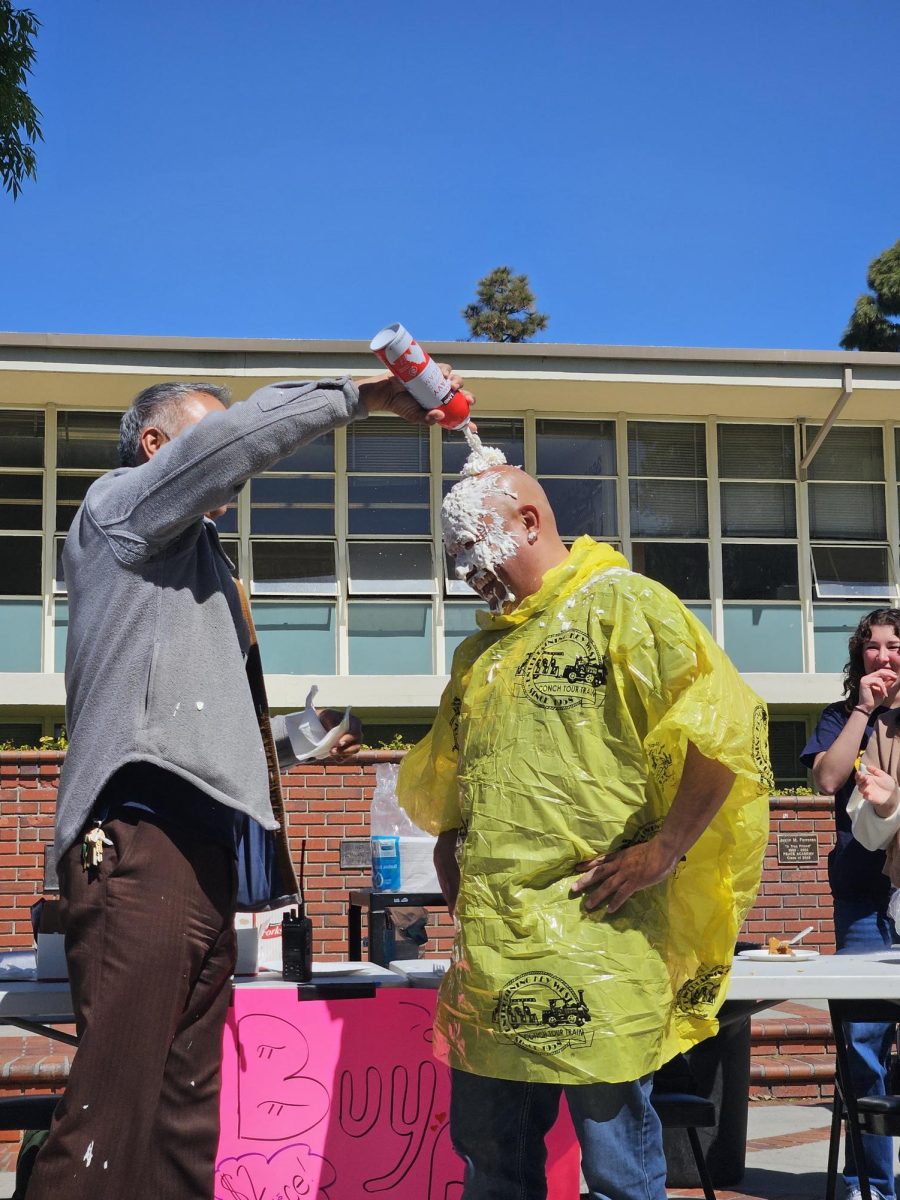
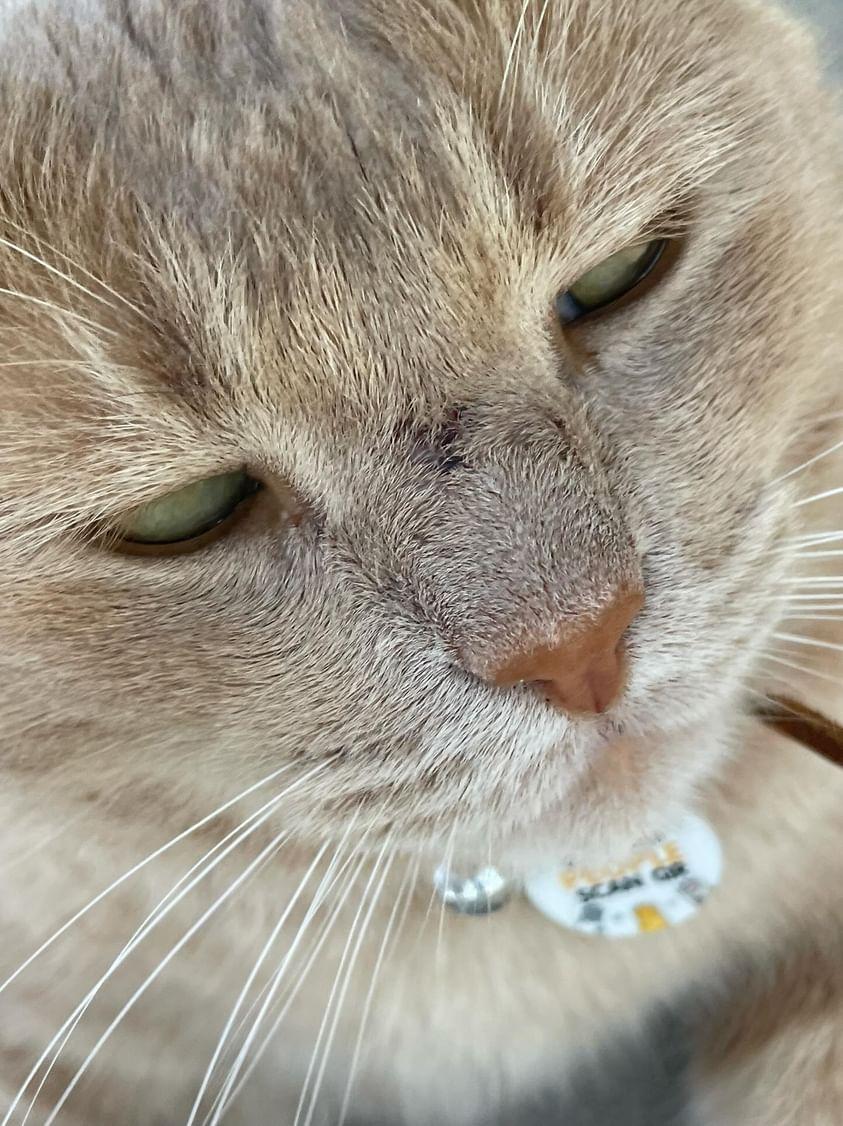

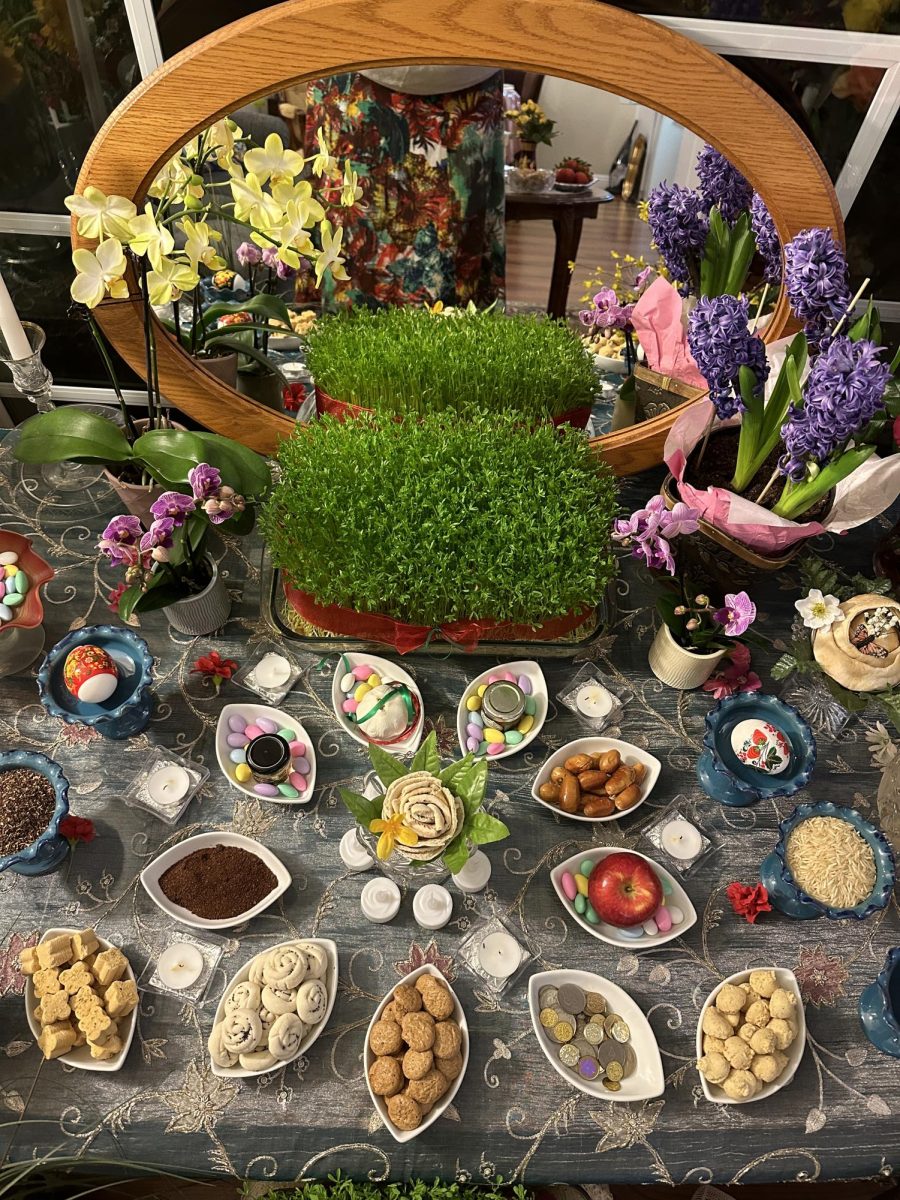

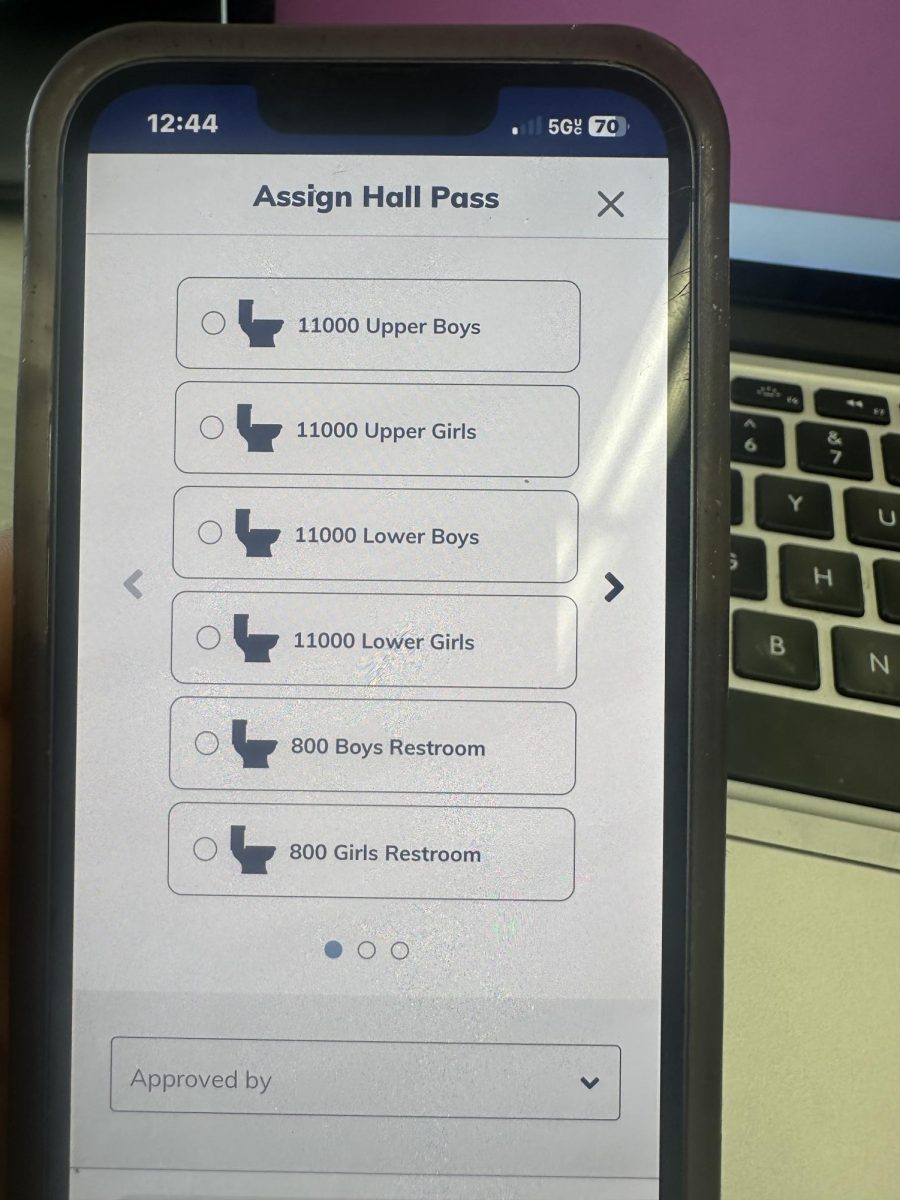
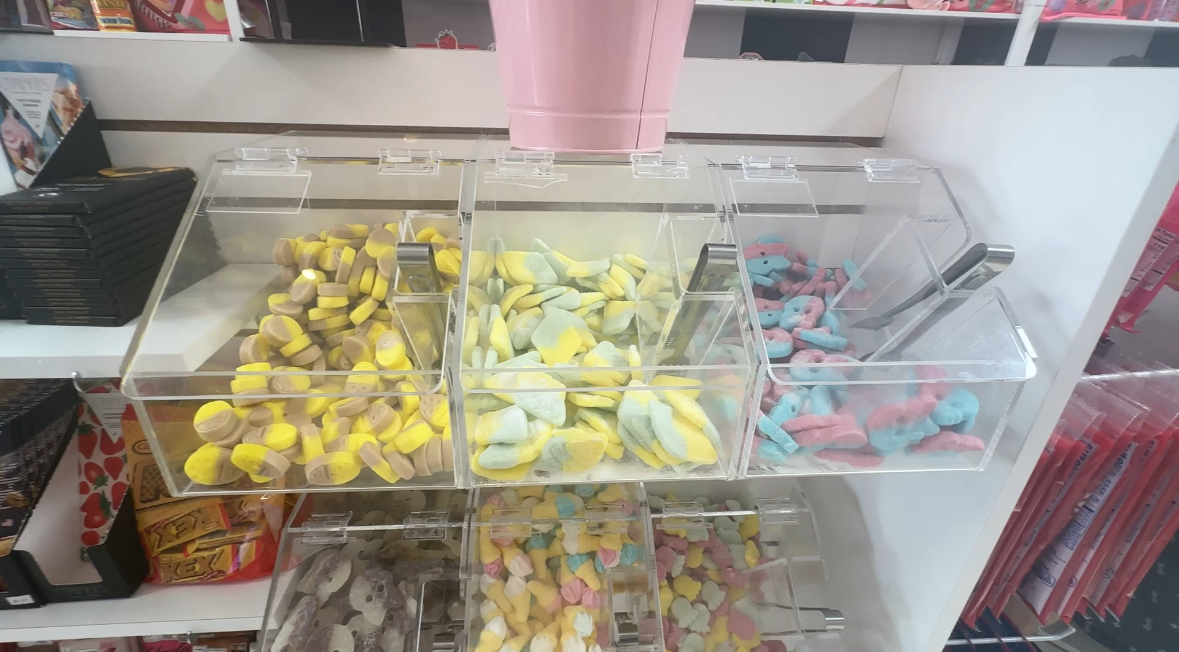
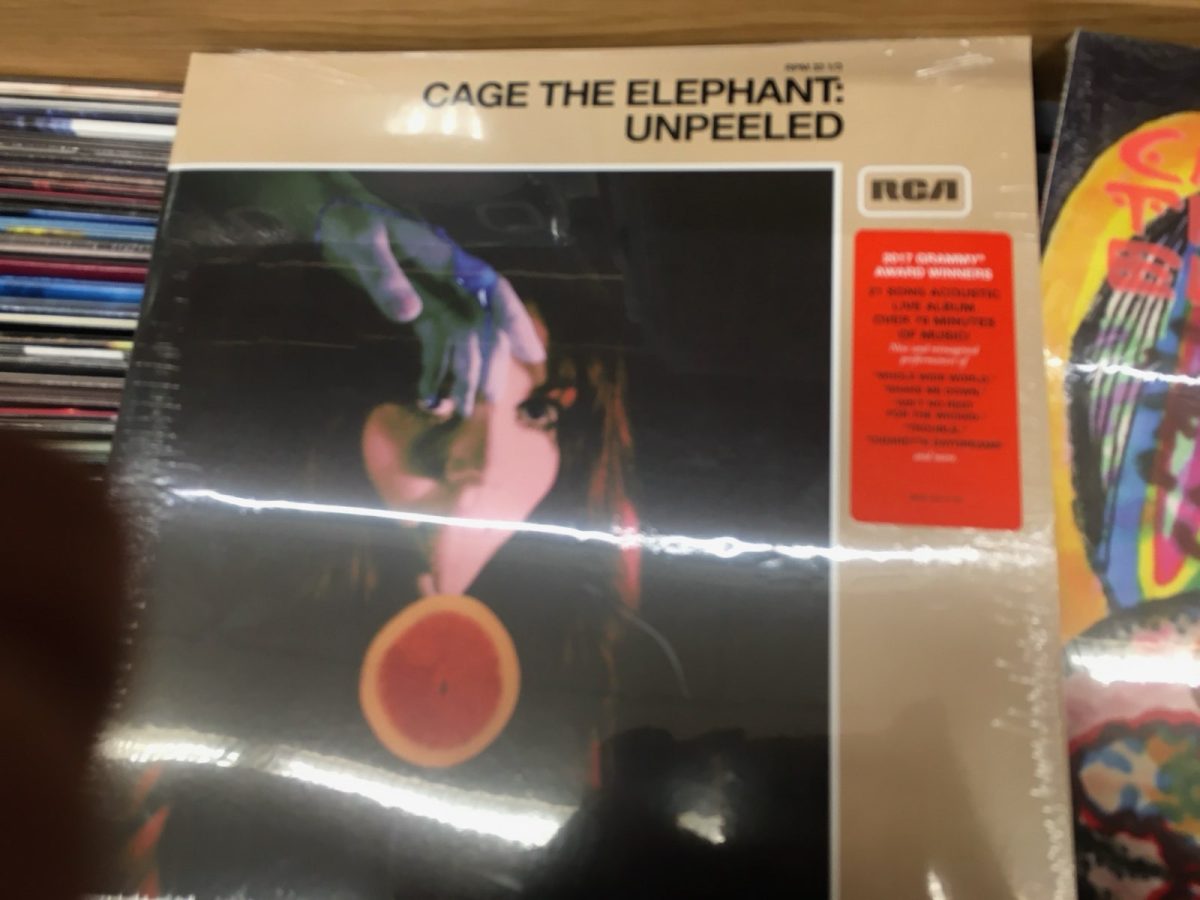
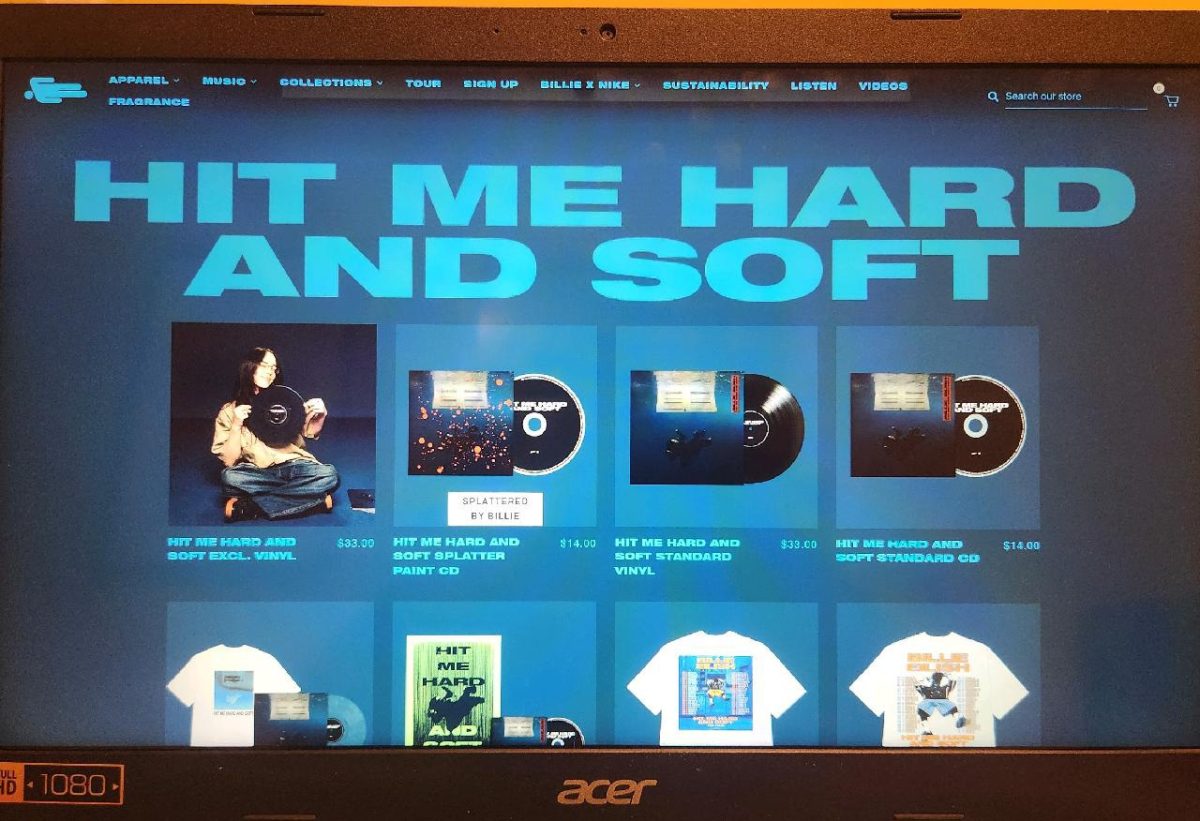

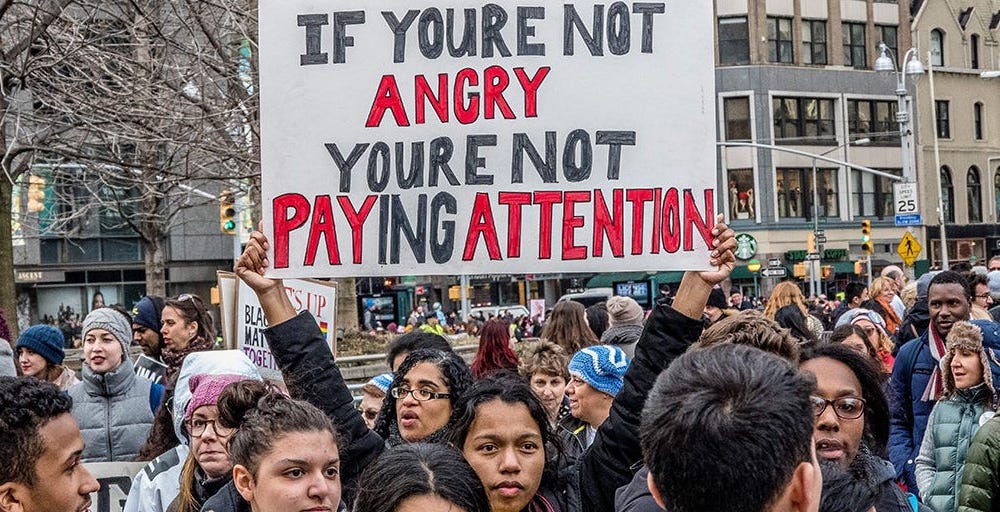
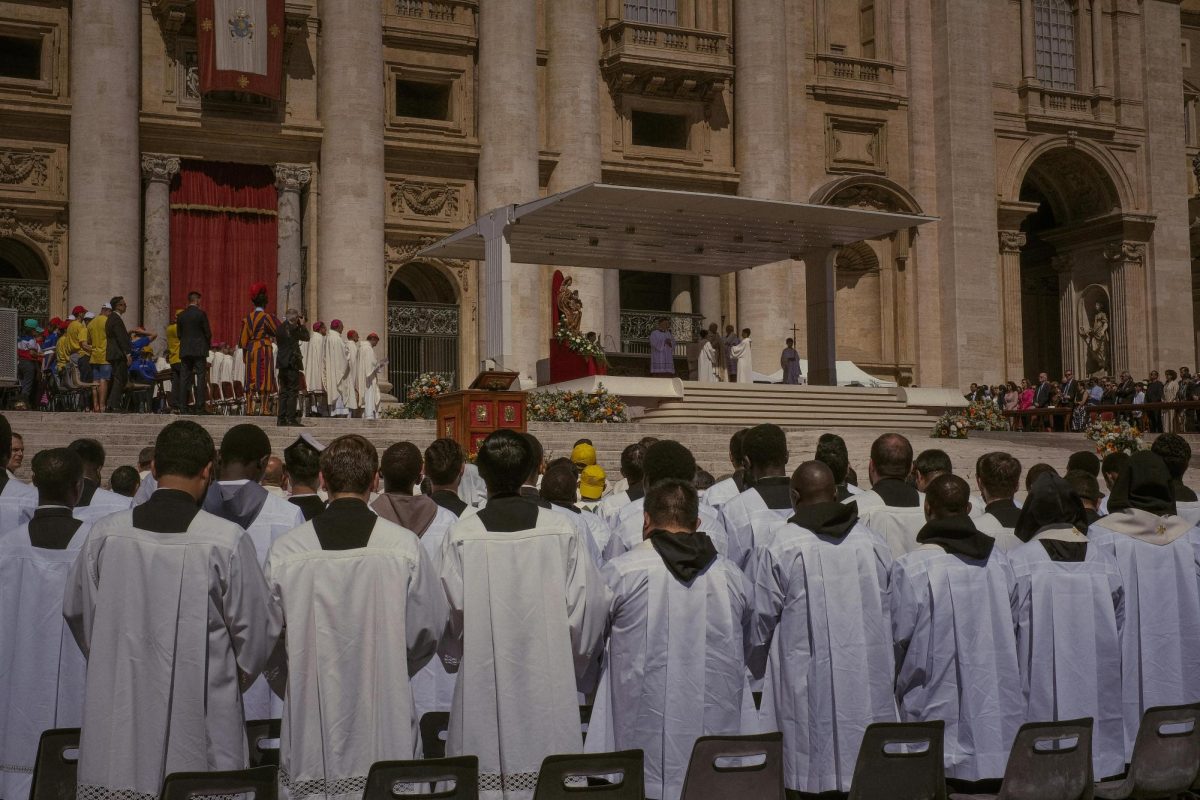
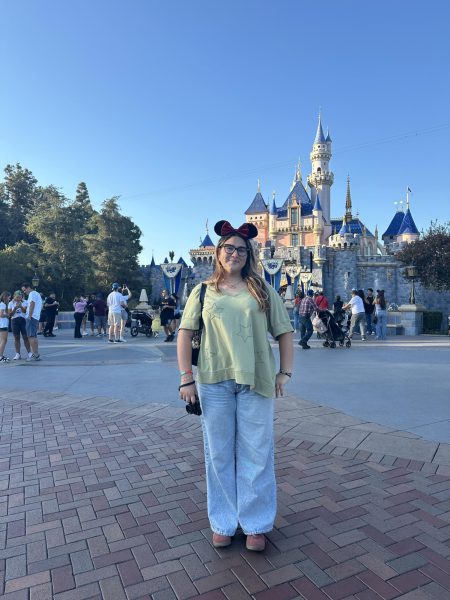
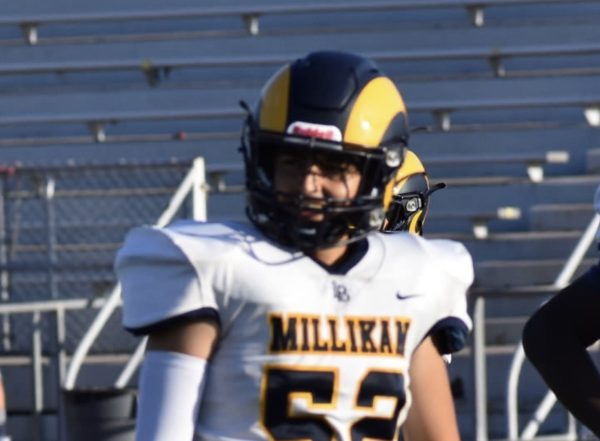
Grace Cozatt • Apr 11, 2024 at 1:37 pm
This article details persian traditions that surround persian new year. This article was very insightful into a culture that often goes underrepresented in LBUSD. I would love to hear even more about this holiday. The article does a great job explaining various facets of the holiday and maintaining the audience’s interest. I do wish that the article went into even more details about the holiday’s origins. I think that including exactly how the holiday came to be would really help to broaden the perspective of the Persian new year. I still have some questions about the holiday, but it is understood that when maintaining a short length of the article that some information will be left out. I wish that Millikan made more of an effort to show appreciation for Persian culture because as a non-Persian student I feel like I have so much more to learn and I would love to.
Gabriela Gutierrez • Apr 11, 2024 at 11:16 am
On April 10th 2024, Zoe Jamali wrote an article titled “Persian New Year (Eid-e-Nowruz)”. Zoe’s article is filled with facts such as where Persian New Year originated from, who celebrates it, and the traditions that take place. This article is very informative and interesting because it shares the traditional meals that are eaten and also the preparation they do as the New Year is arriving. I enjoyed reading about the explanations of what each item on the table means and represents. It allows me to understand the image that is shown in the very beginning of the article. Along with that the history of how this Nowruz comes from one of the oldest Monotheistic religions is fascinating. All the images on this article are a nice reference to have as you read through the article because they give a good visual of the foods that are eaten on this day along with what the traditional table looks like. Zoe’s inclusion of adding in the interview with Mrs. Mamnoon is also very cool since it raises awareness about the lack of consideration towards other cultures. Overall, this article gives a great insight of what Persian New Year is, how it is celebrated, and also raises awareness on the overall culture.
Camila Cortez • Apr 11, 2024 at 9:32 am
On April 10, 2024, Zoe Jamali and Iman Sharif wrote an article titled “Persian New Year (Eid-e-Nowruz)”. This article is a well-written informative article about the traditions, culture, and food of Eid-e-Nowruz. This article provides many definitions of keywords used in Persian culture. Jamali and Sharif provided many details on what goes on top of a Sofreh, which I learned is a table spread made on top of a cloth and has many items on it. Most of the things on there are foods which to Zoroastrianism mean the opposite of food. I also enjoyed the addition of Mrs. Mamnoon’s opinion on how to celebrate Persian New Year’s around the school. I also believe we should represent the small number of Persian students on this campus.
Overall, this was a well-written article that I learned a lot from. I believe this article will teach many students who read it about the Persian New Year.